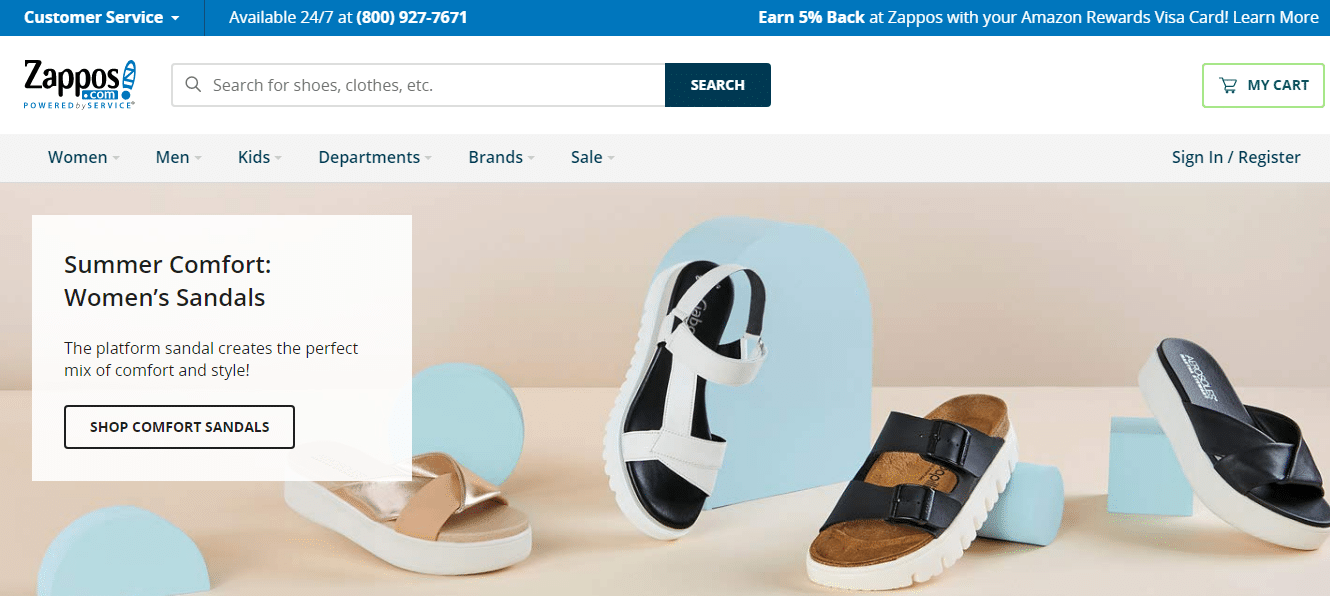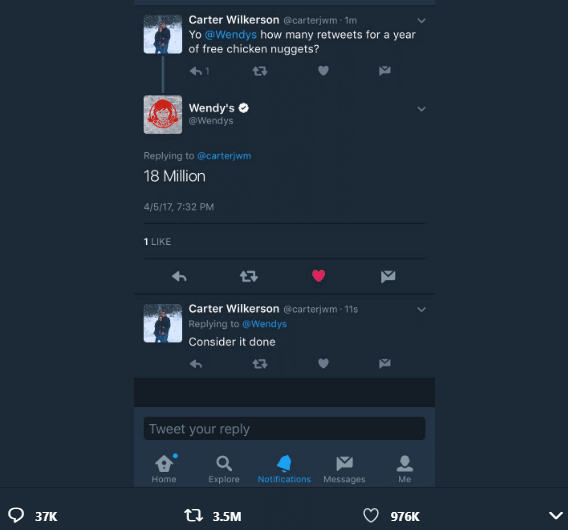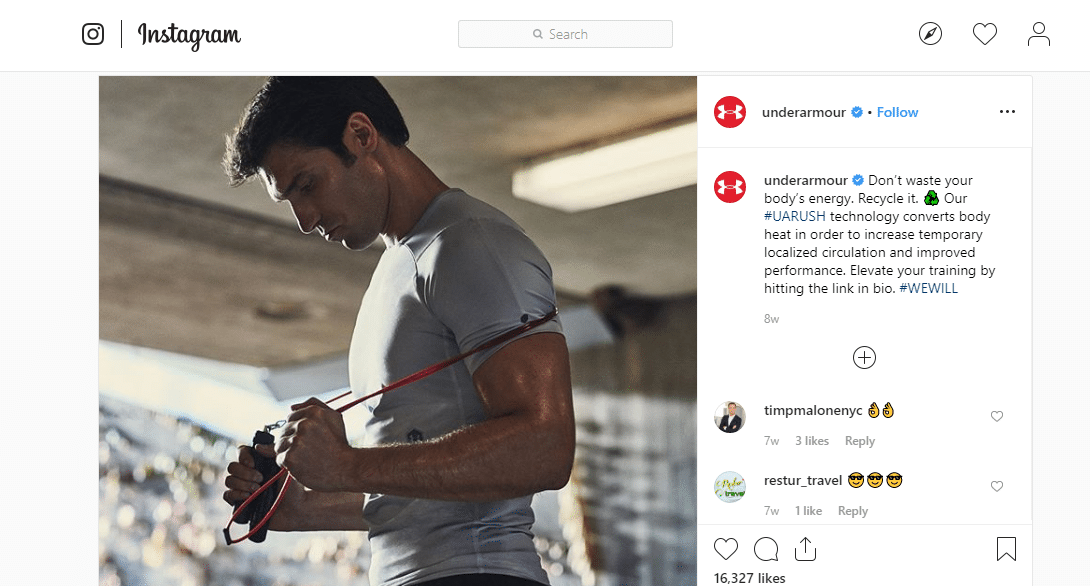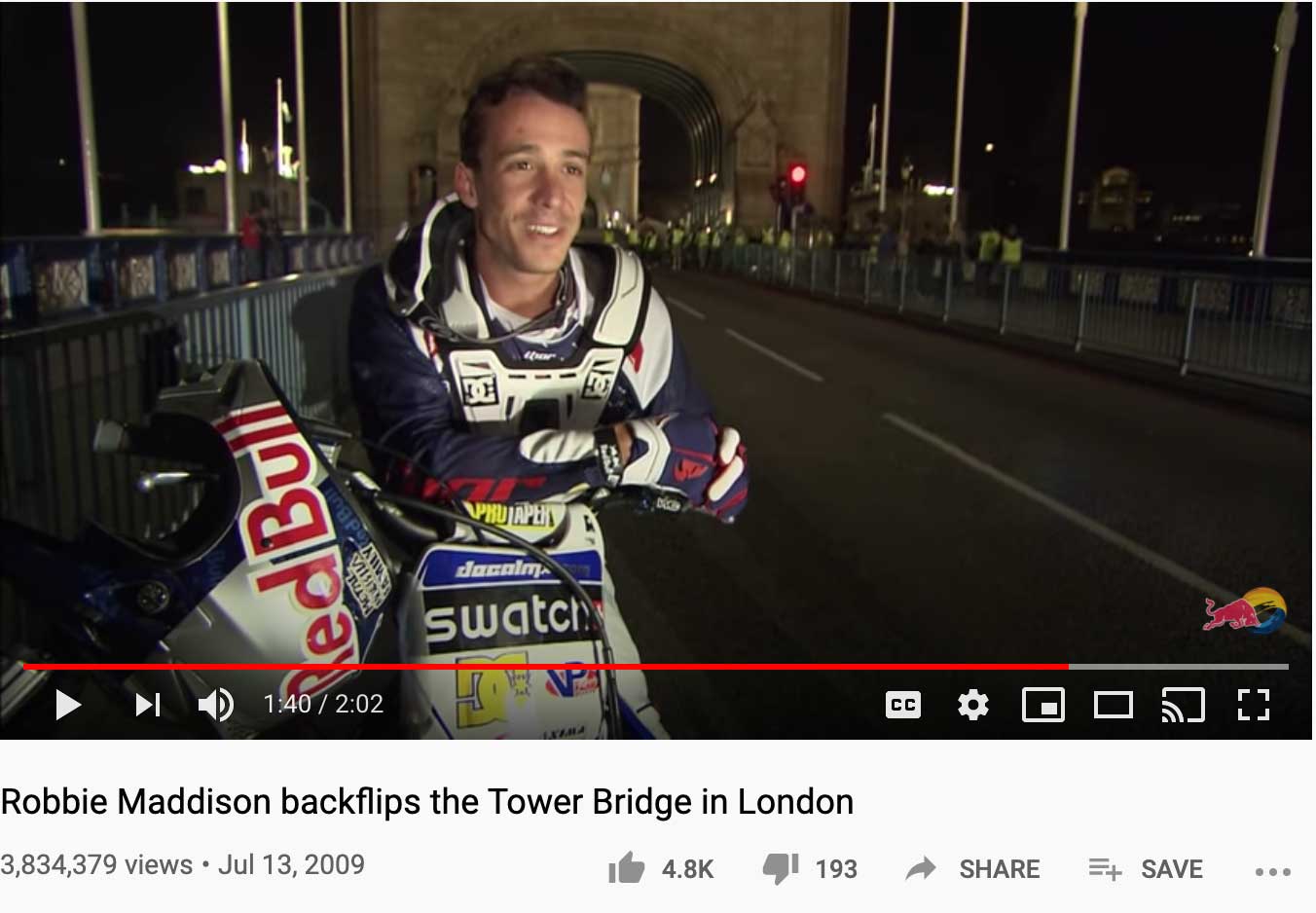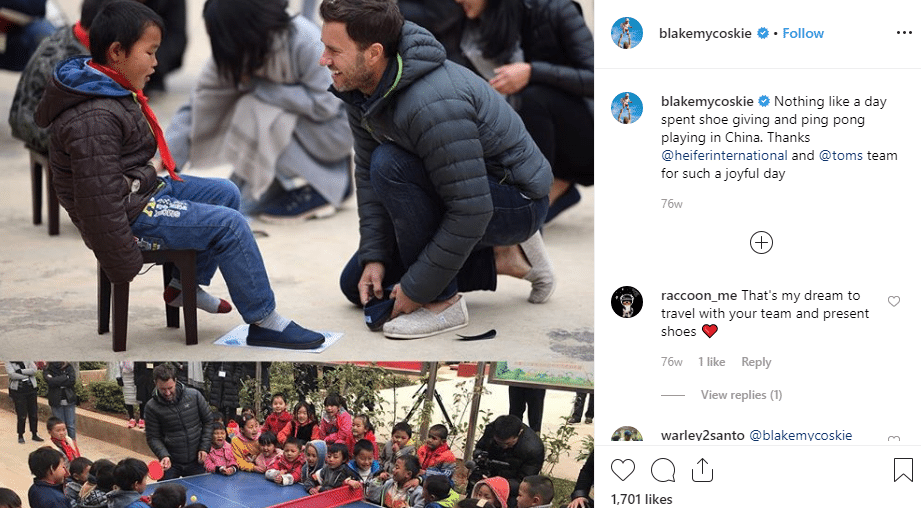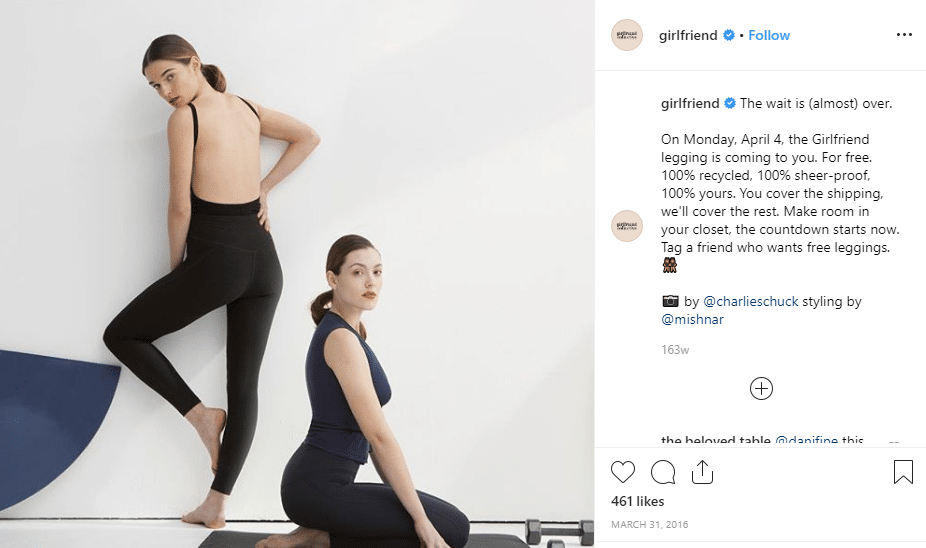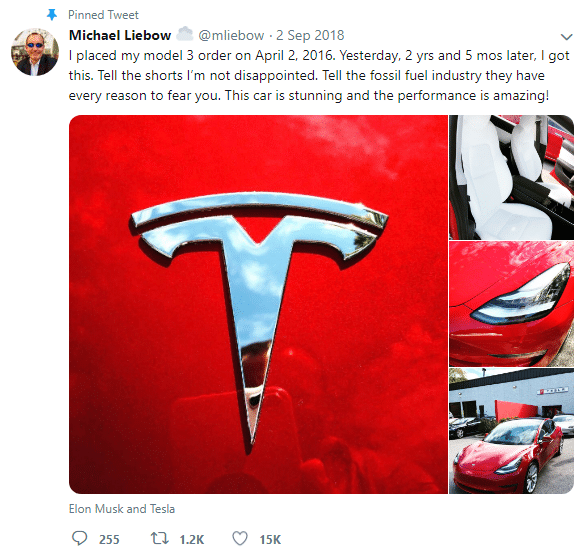A majority 92% of consumers trust recommendations from their friends, family, and peers more than any other form of marketing. And 83% of Americans say that word of mouth recommendations from people they trust to make them more likely to purchase a product or service.
So, if you’re trying to figure out the best way to acquire new customers, promoting word-of-mouth marketing from your existing customers is a smart decision. Simply put, word-of-mouth occurs when your customers spread the word about your brand to their friends—and this promotes your brand at no cost to you.
But word-of-mouth can be unpredictable. So how can you get your customers talking? Check out how these 11 brands have successfully used word-of-mouth, including the major strategies they’ve used to get everyone talking, so you can gather some ideas for your own business.
Zappos
Word-of-mouth strategy: Keeping customers satisfied
Keeping your customers satisfied encourages them to share your brand with friends, a strategy Zappos knows well. Rather than focusing primarily on paid advertising, Zappos makes customer satisfaction a priority— as CEO Tony Hsieh puts it, they’re “a customer service company that just happens to sell shoes.”
From the beginning, Zappos has spent a large amount of its marketing budget on fostering extraordinary customer service, and very little on ads. According to Hsieh, Zappos decided to “take most of the money that [they] would have spent on paid advertising…and instead invest it into the customer experience, and let [their] customers do the marketing for [them].”
(Some ways that Zappos prioritizes customer satisfaction include surprise, complimentary shipping upgrades for loyal customers, and making the return and exchange process as easy as possible.)
Thus, under the leadership of Hsieh, Zappos smartly put their money on word-of-mouth marketing, figuring that satisfied customers would both repeatedly buy and share Zappos with their friends. And they were right. Repeat customers and word-of-mouth marketing have been the top drivers of growth for Zappos, which today exceeds $2 billion in annual revenue.
Wendy’s
Word-of-mouth strategy: Leveraging social media; creating virality
Social media is an awesome way to increase word-of-mouth, especially if your brand’s savvy, witty posts, and interactions stand out from the pack—and even go viral. Wendy’s offers a prime example.
Thanks to its roasts, on-point memes and timely pop culture references, Wendy’s now-iconic Twitter account got everyone talking about the fast-food brand. And their response to Carter Wilkerson’s “free chicken nuggets” tweet ignited a hyper-viral word-of-mouth campaign.
Wendy’s told Wilkerson that 18 million retweets of his tweet would earn him free chicken nuggets for a year. Wilkerson didn’t reach that goal, but at the time, his tweet set a record for the most retweets of all time! So, Wendy’s response got everyone talking (including countless media outlets, who gave the chain plenty of free coverage.)
The viral Twitter exchange between Wendy’s and Wilkerson. Notice the retweet count at the bottom of the image.
Under Armour
Word-of-mouth strategy: Creating an innovative product with little to no competition
Instead of throwing itself into a crowded athletic wear market, Under Armour sparked word-of-mouth marketing by setting itself squarely apart from its potential competition. Under Armour created athletic apparel focused on athletes’ performance and comfort, “built from microfibers that wicked moisture and kept athletes cool, dry, and light.”
Under Armour always focuses on the performance features of their apparel. Source
Founder Kevin Plank had played football throughout high school and college. He knew how rough it was to wear cotton shirts under his football gear, where they would become heavy and uncomfortable with all the sweat they were drenched in. So, he created a product and niche that no one else had dreamed up before.
Then, he gave the first samples to his friends who also played football (and who had gone on to play for prestigious college and professional teams). He soon competitively positioned himself to sell to collegiate and professional football teams because his friends on those high-level teams were spreading the word about his product.
Before long, athletes of all levels and sports (including many pros), their families, and their friends were constantly talking about Under Armour—now an athletic apparel giant all its own.
Red Bull
Word-of-mouth strategies: Buzzworthy, on-brand experiences; brand ambassadors
Red Bull uses a multi-pronged strategy for increasing word-of-mouth, but all parts of this strategy are focused on creating on-brand adventures and experiences that generate buzz.
From the beginning, their Wings Team of young, adventurous brand ambassadors, who share Red Bull one-one-one and at events, have been an integral part of their marketing strategy.
The brand also sponsors crazy extreme stunts that people can’t stop talking about, like cliff diving and Robbie Maddison’s motorcycle backflip over London’s open Tower Bridge, and hold an annual Flugtag where competitors design and pilot human-powered flying machines.
Red Bull knows how to “give wings” to their marketing through experiences that get people talking.
TOMS
Word-of-mouth strategy: Focus on philanthropy/giving back
Word-of-mouth has been integral to the success of TOMS since the beginning, driven by its philanthropic “one for one” model.
On a trip to Argentina, founder Blake Mycoskie saw the difficulties children without shoes faced and decided to start TOMS as the vehicle for a shoe-giving movement. For every pair of TOMS purchased, the brand gives a pair to children who cannot afford shoes.
This charitable angle—and founding story— made it easy for word to spread about TOMS.
TOMS founder Blake Mycoskie on a shoe-giving trip to Hong Kong. Source
Digital marketing consultant MaryEllen Tribby shared a prime example of this phenomenon: her 13-year-old daughter convinced her to buy three pairs of TOMS by sharing the company’s shoe-giving mission. Says Tribby, “Even though I thought three pairs of shoes at $77-a-pop was a bit extravagant; I justified the decision in my head, telling myself that I would be helping kids who weren’t nearly as fortunate as my own.”
TOMS also takes advantage of social media to increase cause awareness and word-of-mouth. The brand created the One Day Without Shoes campaign and pledged to donate another pair of shoes for every barefoot picture posted with the hashtag #withoutshoes on the day. Plus, every picture someone posts with the hashtag motivates a social media user’s network to learn more, and follow the trail back to TOMS. TOMS reignites the campaign every year because it’s been so successful!
Chipotle
Word-of-mouth strategies: Telling a story based on a cornerstone and backing it up; delivering what customers want
Chipotle stands out from other restaurant chains because it sources its ingredients locally. The brand used this cornerstone to create an emotionally compelling video, “The Scarecrow,” to promote word-of-mouth about its sourcing.
Through the story of a scarecrow that becomes skeptical of a dominating food factory, “The Scarecrow” painted a picture of environmental, health, and animal welfare threats created by industrial food giants, and promoted buying locally sourced food as a way to “cultivate a better world.”
Interestingly, the video only featured the Chipotle logo at the very end, so the content felt much less like a paid ad. Instead, the focus stayed on the video’s story and carefully crafted art.
Chipotle also created a “Scarecrow” app with the same animation quality and moving story as the video. This viral content motivated customers to keep watching, playing, and sharing with their friends.
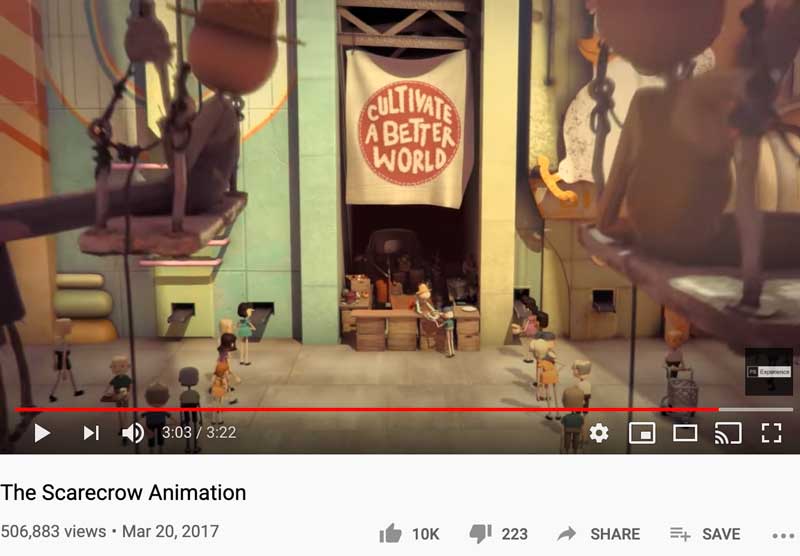
More recently, Chipotle has suffered from food safety scandals and the negative press that has accompanied them, but they have responded quickly to turn things around (including by closing all locations for company-wide food safety training).
They are striving to restore their previous reputation by delivering what customers want, such as “nachos,” “quesadillas,” and a “loyalty program.” Plus, they’ve increased their amount of organic ingredients, upped their veggie offerings, and added keto- and Whole 30-compatible menu items, to drive home their natural commitment.
Chipotle realizes that increasing positive word-of-mouth is all about telling a standout story and backing it up in everything they do. And this has worked: Chipotle’s stock shares rose 55% in 2019, on top of a 57% gain in 2018.
Tinder
Word-Of-Mouth Strategy: Offering value to their audience
You probably don’t think about word-of-mouth when you think of online dating giant Tinder, but word-of-mouth was integral to Tinder’s rise. After winning a 2012 hackathon with the original version of the app, co-founders Sean Rad, Justin Mateen, and Joe Munoz needed a way to publicize the app.
They decided to promote it at a USC party that Mateen’s younger brother was holding, via word-of-mouth: students who wanted to get into the party had to download the app. Even though many of the students didn’t know what the app was, they soon started matching and swiping when they got back to their dorms. Tinder offered value to them because they knew the people the app was showing them were already interested in them (so, they didn’t have to worry about rejection).
Rad, Mateen, and Munoz realized how effective the college party had been in spreading the word, so they immediately started holding events at fraternities and sororities all over Southern California.
And during the next winter break, Tinder spread like, well, wildfire as students eagerly shared the app with their friends and families at home. Thanks to word-of-mouth, Tinder grew from 20,000 users at the beginning of January 2013, to over 500,000 at the end of the month.
In-N-Out
Word-Of-Mouth Strategy: Insider or “secret” info
When I visited California for the first time, I knew I had to try In-N-Out. Why? Because everyone I knew who had been there couldn’t stop raving about it! It’s the same story for countless others: In-N-Out is a West Coast institution built by word-of-mouth.
The main thing In-N-Out veterans rave about is the burger chain’s famous secret menu, from “animal style” to the “triple triple.” They feel like they’ve got insider info, and they’re ready to spread it for the benefit of people eating at In-N-Out for the first time.
And this word-of-mouth increases brand awareness and loyalty—it keeps new customers flowing in, and ultimately, returning customers coming back! This allows the chain to keep its advertising and promotional budget low too.
The secret menu is so popular among In-N-Out fans that the company actually markets the menu publicly on its website— as the “Not-So-Secret-Menu.”
Consider using this strategy to increase word-of-mouth about your own brand. Even if you don’t sell food, you can create a customer loyalty club with insider discounts and perks—one that will make your loyal customers eager to help their friends by sharing how to get in on the action.
Dropbox
Word-Of-Mouth Strategy: Well-executed referral program
A successful-word-of-mouth list just wouldn’t be complete without Dropbox. Dropbox is an online storage giant used by all generations, all thanks to one of the best-known referral marketing programs out there.
By offering 500 MB of free bonus space for every friend a customer refers who newly signs up for the program (and rewarding this space to both referrer and friend), Dropbox’s growth has accelerated extremely rapidly.
They were able to double their growth every 3 months, and their users sent 2.3 million referrals in just one month—without ever having to spend money on a single ad.
But the free offer itself isn’t the only reason why Dropbox’s referral program has enjoyed such great success. Dropbox’s referral CTA and program description are extremely clean, and the brand offers multiple convenient options for sharing.
Dropbox has really benefited by how awesome referral programs are. Referral programs are great for increasing word-of-mouth because they tap into satisfied customers’ existing desire to share with friends, simplify the process, make it easy for your brand to track word-of-mouth in an official way, and reward loyal customers for sharing with friends. So, follow Dropbox’s example!
Check out these referral program ideas for boosting word-of-mouth.
Girlfriend Collective
Word-of-mouth strategy: Pre-launch referral program with free product
Athleisure brand Girlfriend Collective, which makes leggings from recycled water bottles, completely rejected paid ads. Instead, they smartly decided to use a referral program to promote their leggings before they launched. And this referral program made them famous!
Interested customers who read Girlfriend Collective’s FAQ and shared a referral link with Facebook friends received a code for a free pair of $80 leggings. Yes, $80 leggings, for only the cost of shipping.
But only customers who read the FAQ, and thus showed interest in the brand’s mission, were eligible for the free offer. The campaign was so successful that Girlfriend Collective received 10,000 orders on launch day, experienced website crashes due to interest, and extended this referral promotion even longer.
Girlfriend Collective’s strategy worked because it was collecting a list of invested customers to be the first to try its products, who were already primed to share the brand with their friends. And once the products arrived in these people’s hands, and they had their first experiences with the product, they advocated for Girlfriend Collective and shared with more friends via word-of-mouth.
Tesla
Word-Of-Mouth Strategies: Product worth talking about, a referral program with a sense of exclusivity.
There’s a reason why you’ve never seen an ad for Tesla – they actively choose not to advertise in the traditional way, so they spend no money on paid ads or endorsements.
Instead, the brand relies on word-of-mouth from the customers who drive their sleek, modern status symbols. Yes, CEO Elon Musk increases the brand’s visibility, but having a product that’s worth sharing—and the rate at which owners share – are foundational.
Besides creating a sleek product, Tesla owners are proud to showcase, Tesla has accelerated sharing through its exclusive referral program. Previously, customers with enough referrals could earn tickets to new model unveiling events, access to unique adventures such as SpaceX launch viewings, and even a new Tesla Roadster. This referral program included secret levels for even more exclusivity.
Later, the Tesla referral program was revamped to be more cost-effective, but still exclusive.
If a friend used a Tesla owner’s referral code to purchase a Tesla of their own, both the referrer and the friend received 1,000 free Supercharger miles. Every referral also earned an entry to win a Founders Series Model Y (in a monthly drawing) or Roadster supercar (in a quarterly drawing).
Tesla owners who already had free Supercharging get two chances to win. The scale of the Tesla referral program may seem daunting, but any brand can use drawings, exclusivity, and secret referral program levels to encourage loyal customers to share with friends.
Key takeaways
Based on the 11 success stories listed above, following these tips can help your brand generate word-of-mouth.
- Prioritize customer satisfaction. Listen to feedback, and deliver what customers want. Happy customers are more likely to rave about your products to their friends.
- Always offer value to your customers, and know your prime audience.
- Use social media and experiences wisely to generate buzz.
- Set your product or service apart from the competition.
- Find your angle that distinguishes your product or service, tell a compelling story, and back that story up in everything you do.
- Consider creating “insider” info or “exclusive” experiences around your brand that get people talking about you.
- Create a referral program to incentivize sharing, and make spreading the word about your brand as easy as possible.

